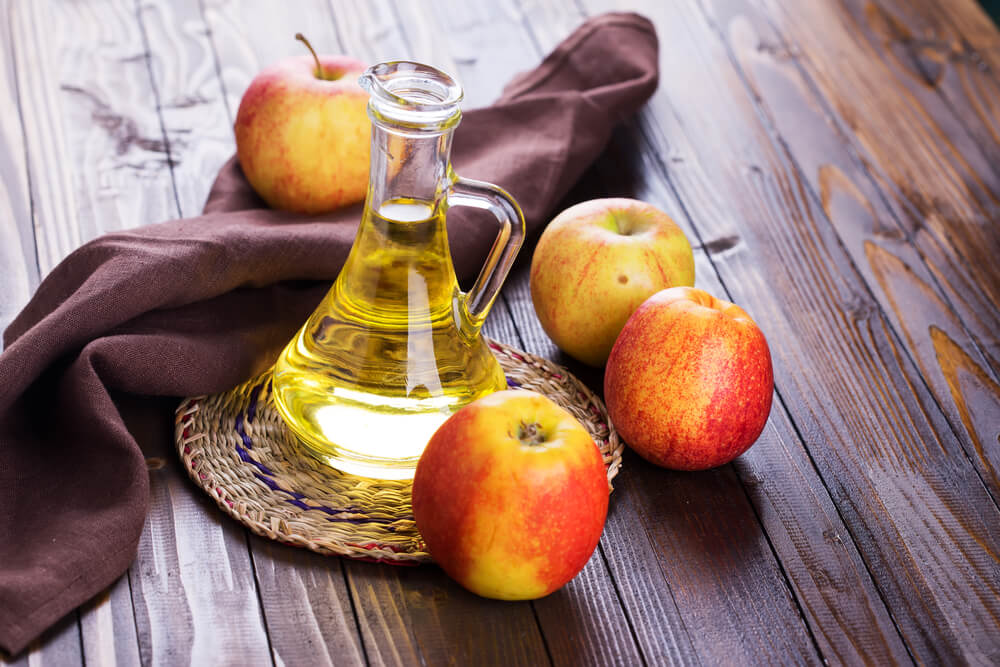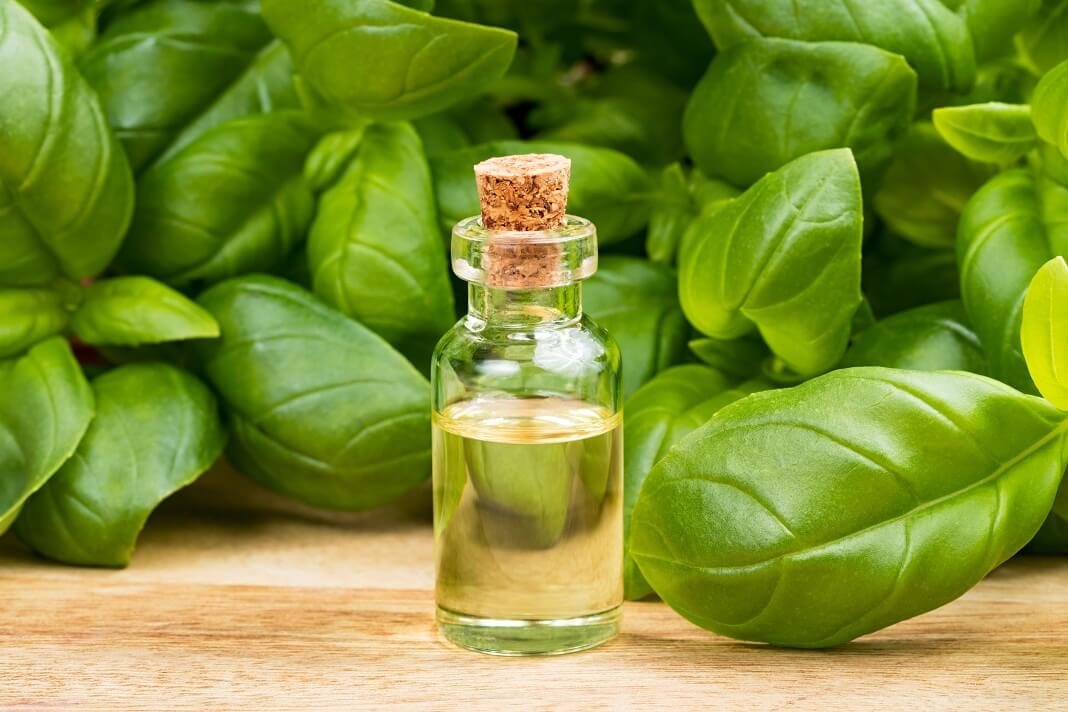Effective Natural Remedies to Cure Plantar Fasciitis
Plantar Fasciitis, which is a type of heel pain affects 10% of the adult population. It occurs due to the inflammation caused to the fascia tissues in the heels. It can happen to either one or both feet.
Table of Contents
Did You Know!
|
How to cure Plantar Fasciitis
- Home Remedies
- Foods
- Essential Oils
- Alternative Treatments
- Lifestyle Changes
CURE 1: Home Remedies for Plantar Fasciitis Treatment
1. Turmeric
Turmeric is extremely helpful in curing Plantar Fasciitis. The anti-inflammatory, antioxidant(1) and pain-alleviating properties of Turmeric help in subsiding pain, bring down swelling and relieve inflammation.
How to use
Ingredients
- 1 glass of milk
- 1 teaspoon turmeric
- ½ teaspoon ghee
Procedure
- Take a glass of warm milk.
- Add 1 teaspoon of turmeric powder to it.
- Add ½ teaspoon of ghee.
- Mix well for an even consistency.
- Make sure that the turmeric dissolves completely.
Drink this milk, warm and for best results, drink it before going to bed.
How many times: Drink this 1 to 2 times every day.
Benefits: Turmeric treats muscle inflammation, which is the major cause of pain during Plantar Fasciitis and offers relaxation to the muscles.
2. Aloe Vera Gel

Due to its anti-inflammatory and antioxidant properties, Aloe Vera works very effectively in treating the pain and swelling caused by Plantar Fasciitis.
How to Use
Ingredients
- 1 cup fresh Aloe Vera Gel
- 1 Tablespoon turmeric
- A pan to heat the Aloe Vera Gel
Procedure
- Take a heating pan.
- Add 1 cup freshly extracted Aloe Vera Gel to it.
- Turn on the heat and ensure that the gel is slightly heated.
- Add 1 tablespoon turmeric to it.
- Turn off the heat.
- Mix well for an even consistency.
Apply this mixture topically to both your heels
How many times: You can do this once in two days.
Benefits: Turmeric and Aloe Vera when mixed, become a powerful antioxidant and provide a soothing effect on the muscles of the heel. They reduce inflammation(2) almost immediately.
3. Mustard Oil

Mustard oil is rich in magnesium and possesses anti-inflammatory properties which treat the pain and discomfort associated with Plantar Fasciitis.
How to Use
Ingredients
- 2 Tablespoons of Mustard Oil
- 1 Tablespoon of Camphor
- A small bowl to mix both the above
Procedure
- Add 2 tablespoons of mustard oil to a small bowl.
- Add 1 tablespoon of camphor to it.
- Mix well for an even consistency.
Apply this mixture topically to both the heels and massage lightly for 5 to 7 minutes. Allow the skin to absorb the oil.
How many times: Do this 2 times a day.
Benefits: Massaging the heels with this mixture provides soothing relief and restores the tenderness of the sole which might have gone stiff as a result of Plantar Fasciitis. The magnesium in mustard oil strengthens the muscles and restores its health.
4. Epsom Salt

Epsom Salt is a very effective remedy to cure Plantar Fasciitis(3) at home. It aids in the healing of the muscle tissues.
How to use
Ingredients
- ½ bucket warm water
- 2-3 tablespoons of Epsom Salt
Procedure
- Take half a bucket of warm water.
- Add 2-3 tablespoons of Epsom Salt to it.
- Mix well till the salt completely dissolves in the water.
Soak your feet in this warm water for at least 15 to 20 minutes
How many times: You can do this 2 times a day.
Benefits: Epsom Salt helps in the healing of the muscle tissue and help get rid of pain, providing you relief.
5. Apple Cider Vinegar

Apple Cider Vinegar has anti-inflammatory properties which reduce the pain in the muscle tissues caused by Plantar fasciitis.
How to Use
Ingredients
- 1 tablespoon raw organic Apple Cider Vinegar
- 1 teaspoon honey
- 1 glass of warm water
Procedure
- Take a glass of warm water.
- Add 1 tablespoon of raw apple cider vinegar to it.
- Add 1 teaspoon of honey.
- Mix well till the honey dissolves completely.
- Apply this solution topically to the heels when it is still warm and massage slightly for about 15 minutes.
- Wash with clean water.
How many times: You can do this twice a day.
Benefits: This mixture treats muscle pains and inflammation very effectively
CURE 2: Foods and Supplements for Plantar Fasciitis Treatment
1. Green Leafy Vegetables

Green leafy vegetables are an excellent remedy against various chronic diseases. Vitamin K, which is richly present in leafy greens is said to reduce inflammation phenomenally and treat Plantar Fasciitis.
Below is the list of green veggies that are rich in vitamin K and help in treating Plantar Fasciitis
- Kale
- Broccoli
- Brussels Sprouts
- Cabbage
- Pickled cucumber
- Asparagus
- Okra
- Green beans
- Lettuce
These vegetables also boost bone health and are very effective in combating osteoporosis. They also reduce the risk of cardiac diseases.
2. Magnesium

Magnesium is another important nutrient that plays a vital role in bringing down plantar fasciitis. The body needs magnesium to absorb calcium. Research also proved that people taking large quantities of calcium without magnesium intake experience calcium deficiency problems. Proper calcium intake should be blended with adequate magnesium intake to get the best result.
Apart from taking calcium-rich foods, take magnesium-rich foods like
- Pumpkin seeds
- Spinach
- Peas
- White beans
- Lentils
- Garbanzos
- Brown rice
- Pinto beans
- Avocados
- Millet
- Dried figs
- Bananas
3. Vitamin C

Vitamin C is very effective in treating muscle inflammation if blended with bioflavonoids. This makes Vitamin C one of the best remedies to treat Plantar Fasciitis.
Below are the vitamin C rich foods
- Asparagus
- Apples
- Broccoli
- Berries
- Cantaloupe
- Watermelon
- Honeydew
- Limes
- Lemons
- Oranges
- Cauliflower
- Kiwi
- Cereals
- Grains
- Bread
- Spinach
- Kale
- Red Bell Peppers
- Tomatoes
CURE 3: Essential Oils for Plantar Fasciitis Pain Treatment
Essential Oils are a very effective remedy against Plantar Fasciitis. They have proven to treat the symptoms like Severe pain, inflexibility, and stiffness of feet, heel inflammation and inability to walk correctly. Essential Oils also improve blood circulation in the heels, thereby alleviating pain.
Below are the essential oils that help to treat Plantar Fasciitis very effectively.
1. Peppermint Essential Oil

Peppermint Essential Oil offers miraculous benefits in treating various body ailments. It relieves joint and muscle pain, treats respiratory tract issues, alleviates headaches and also supports oral health.
How to use
Ingredients
- 4 to 5 drops of Peppermint Essential Oil
- 2 tablespoons of Olive Oil
- A small bowl to mix the above
Procedure
- Add 2 tablespoons of olive oil to a small bowl
- Add 4 to 5 drops of Peppermint Essential oil to it
- Mix well for an even consistency
Apply this on the affected area and leave for about half an hour. Allow the skin to absorb the oil. Wash with clean water and pat your skin dry.
How many times: You can apply this mixture twice a day.
Benefits: The analgesic property of this oil makes it an effective natural painkiller. The active presence of menthol provides a cooling effect which soothes a swelling foot and also decreases inflammation. This oil is an excellent remedy to tackle severe foot pain.
2. Geranium Essential Oil

Geranium Essential Oil offers multiple physical and mental health benefits. It is an effective natural deodorant. Because of its aroma, it is a very widely used ingredient in aromatherapy. Apart from being used for topical application, it even treats issues like stress, depression, and anxiety.
How to use
Ingredients
- A bucket or a foot basin Clean water (enough to completely soak your feet)
- 6 to 8 drops of Geranium Essential Oil
- A clean and dry towel
- A large bowl to heat the water
Procedure
- Add enough water to a bowl and heat it.
- Transfer the water to a bucket or a basin.
- Make sure that the water is not too hot.
- Add 6 to 8 drops of Geranium Essential Oil to it.
- Mix well.
- Place your feet in this warm water and soak it for about 30 minutes.
- Make sure that both your feet fully soaked into the water.
- After 30 minutes, remove your feet and wipe them dry with a clean towel.
How many times: You can do this once every alternate day.
Benefits: Geranium essential oil has sedative, astringent and adaptogenic properties which make it useful for people suffering from severe heel pain due to plantar fasciitis. It helps to alleviate inflammation and provides relief instantly.
3. Frankincense Essential Oil
Frankincense Essential Oil reduces stress and alleviates depression without posing any side effects. It is also used in treating the side effects of chemotherapy.
How to Use
Ingredients
- 5-6 drops Frankincense Essential Oil
- 2 tablespoons of Coconut Oil
- A small bowl to mix both the above
Procedure
- Add 2 tablespoons of coconut oil to a small bowl
- Add 5-6 drops of Frankincense Essential Oil to it
- Mix well for an even consistency
Apply this mixture topically on the affected areas and massage slowly for 15 to 20 minutes. Let the skin absorb the oil. After this, wash with clean water and pat the skin dry.
How many times: Apply this mixture once before going to bed.
Benefits: Frankincense essential oil is packed with anti-inflammatory, stimulant, analgesic, antidepressant and cicatrisant properties which make it highly useful in tackling intense pain caused due to plantar fasciitis. This oil is proven to inhibit the growth of leukotrienes which are inflammatory mediators.
4. Basil Essential Oil

Basil Essential Oil offers multitudinous health benefits. It helps in flushing out unwanted and harmful toxins, thus purifying the blood and promoting skin health. It also prevents acne and other skin conditions. It is a muscle relaxant and a mood enhancer.
How to Use
Ingredients
- 6 drops Basil Essential Oil
- 2 tablespoons Coconut oil
- A small bowl to mix both
Procedure
- Take 2 tablespoons of coconut oil in a small bowl.
- Add 6 drops of Basil Essential Oil to it.
- Mix well to an even consistency.
Apply this mixture topically on the affected areas and leave it for about 20 minutes.
How many times: Do this once before going to bed.
Benefits: Basil essential oil has stimulant and anti-inflammatory properties which help allay the pain. It provides great relief against severe inflammation. The antibacterial property of this oil further backs up your fight against plantar fasciitis.
CURE 4: Alternative Treatment for Plantar Fasciitis
1 out of every 10 people in the world suffers from Plantar Fasciitis. Although athletes and people who use their feet are more vulnerable to Plantar Fasciitis, people nearing their 50s should also be cautious.
Yoga helps you to stay active all day so that you enjoy daily activities. The following asanas help to soften and stretch muscles and also relieve the pain caused by Plantar Fasciitis.
1. Vajrasana

Vajrasana offers many benefits to the body. It is very easy to perform this pose. Apart from treating Plantar Fasciitis, it is also very effective against digestive problems, back problems, and urinary tract infections.
Procedure
- Fold your knees and bring your feet under your hips.
- Keep your neck and spine straight.
- Close your eyes.
- Gently push your shoulders behind.
- Now inhale and exhale as slowly as you can.
- Stay in this pose for about 5 to 10 minutes.
Benefits: Vajrasana softens and stretches the muscles that become hard because of Plantar Fasciitis and thus relieves you from pain and promotes foot flexibility.
2. Calf Stretch
The tightness of muscles in the feet and calves aggravates the pain caused by Plantar Fasciitis. Loosening the muscles is a remedy for bringing down this pain.
Procedure
- Keeping your palms open, lean your hands against a wall.
- Keep the knee of the affected leg straight and bend the other knee to the front.
- keep both feet flat on the ground.
- You should feel the stretching sensation in the heel and calf of the extended leg.
- Stay in this pose for about 10 to 15 seconds.
- Do this 2 to 3 times a day.
Benefits: All the muscles of the legs and heels are well stretched while performing this pose. This reduces inflammation and pain and promotes foot and heel flexibility.
3. Pebbles or Marble pickups
Picking marbles or small pebbles with the toes is very beneficial as it stretches the muscles of the feet, thereby relieving you from pain caused by Plantar Fasciitis.
Procedure
- Sit on a chair or a sofa.
- Bend your knees.
- Your feet should touch the floor.
- Place 15 to 20 pebbles or marbles on the floor.
- Also, place a bowl near your feet.
- Pick up one marble or pebble by curling your toes around it.
- Put them in the bowl.
- Repeat this with all the pebbles or marbles.
Benefits: By picking up pebbles or marbles, you stretch the muscles of the feet which loosen them and ultimately reduce pain.
Lifestyle Changes
To reduce the pain of plantar fasciitis, try these self-care tips:
1. Maintain a Healthy Weight
To minimize stress on your plantar fasciitis, it is important to lose weight.
2. Choose Supportive Shoes
Don’t walk or run barefoot, especially on hard surfaces. Go for shoes with moderate or low heels with good shock absorbency. Never go for high heels.
3. Change Your Shoes
If your shoes have stopped cushioning and supporting your feet, it’s time to buy a new pair.
4. Apply Ice
To reduce pain, discomfort and inflammation use an ice pack on the affected area for 15 to 20 minutes 3 times a day.
Plantar Fasciitis is a situation where you have immense pain in the heels which make movement very limited. It becomes difficult for people to carry on their normal daily activities like walking.
Following the above-mentioned remedies would bring down symptoms very quickly but buying a new pair of cushioned shoes and bringing down body weight are other major things to be considered.
Also Read: How to have a healthy lifestyle?
FAQs
1. Can Plantar Fasciitis Go Away on Its Own?
Home remedies can usually bring down symptoms of Plantar Fasciitis if you identify it in the early stages. If the situation is worsened, it might take a longer time to treat it. Plantar Fasciitis will subside if you can stretch the muscles and loosen them for improved movement.
2. What Does Plantar Fasciitis Pain Feel Like?
Usually, there is a pain in the feet at the arch of the foot or bottom of the heel. The pain is often described to resemble the pain of an ache or bruise. If you start walking around, the pain comes down gradually. Pain also can go away if you give proper rest to the feet.




